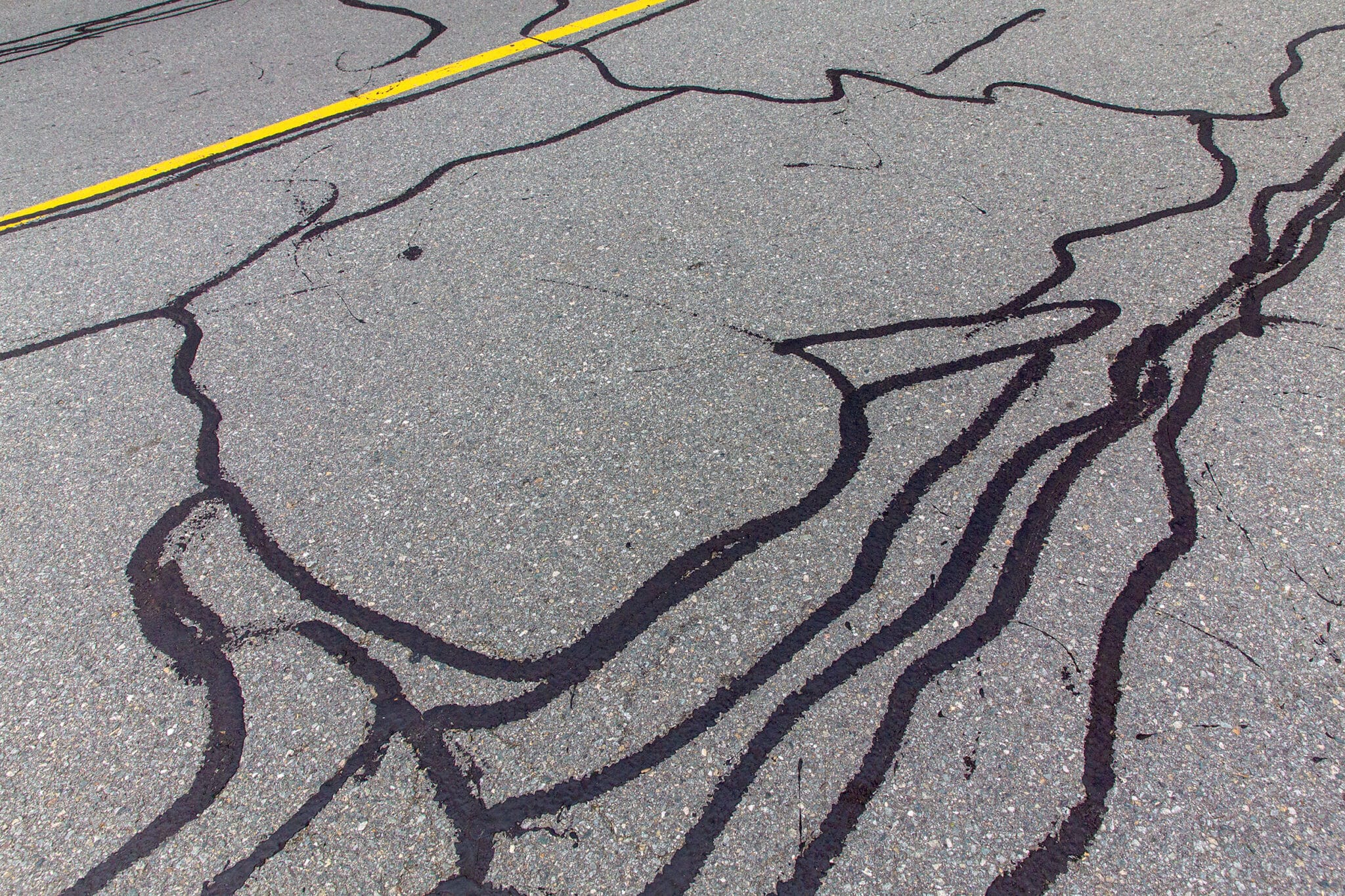Optimize Resilience: Hot Mix Asphalt Sealing for Angled Parking Structures
Optimize Resilience: Hot Mix Asphalt Sealing for Angled Parking Structures
Blog Article
Warm Mix Asphalt: A Lasting Remedy for Sidewalk
Hot Mix Asphalt (HMA) has arised as a leading sustainable selection for sidewalk remedies, offering a myriad of ingenious modern technologies and ecological benefits. Its capacity to reuse products and lower power usage offers an engaging instance for its adoption in road construction projects. The lasting performance and toughness of HMA make it a favored option for framework growth. As the need for environment-friendly construction practices grows, exploring the nuances of HMA's sustainability can give valuable insights right into the future of pavement services.
Ecological Benefits of Hot Mix Asphalt

Moreover, Hot Mix Asphalt assists to minimize urban heat island effects. Its dark shade absorbs sunshine, lowering the amount of heat mirrored back right into the ambience contrasted to lighter-colored pavements. This can lower ambient temperature levels in urban areas, decreasing the need for air conditioning and ultimately minimizing power intake.
In addition, Hot Mix Asphalt adds to enhanced stormwater administration. Its porous nature allows water to recharge and infiltrate the sidewalk groundwater materials, lowering overflow and the threat of flooding. These environmental advantages make Warm Mix Asphalt a lasting selection for leading roads and freeways.
Energy Efficiency in HMA Manufacturing
Is power efficiency an essential factor in the production of Warm Mix Asphalt (HMA)? Energy plays a substantial function in the production of HMA, influencing both price and environmental sustainability. One key element of power performance in HMA production is the usage of cozy mix asphalt (WMA) modern technologies.
Additionally, advancements in plant modern technologies have actually brought about even more energy-efficient HMA production procedures. Modern plants are designed with functions like recycled asphalt pavement (RAP) handling abilities, reliable burner systems, and enhanced insulation, all adding to energy financial savings. By enhancing power use in HMA production, the sector can lower its carbon impact while preserving high-quality pavement products. Energy efficiency is, as a result, an important factor to consider in guaranteeing the sustainability of Hot Mix Asphalt production.
Recyclability of Hot Mix Asphalt
The recyclability of Hot Mix Asphalt (HMA) is a critical aspect of its sustainability and long-lasting environmental impact. HMA is among the most recycled products in the USA, with over 100 million lots of redeemed asphalt sidewalk (RAP) being recycled annually in brand-new pavement building. Recycling HMA uses a number of ecological advantages, such as lowering the demand for virgin products, lowering energy usage during manufacturing, and reducing the amount of waste sent to garbage dumps.
The process of reusing HMA involves milling the existing sidewalk, squashing it right into smaller sized items, and mixing it with new accumulation and asphalt binder to develop a recycled mix. This recycled mix can typically do in addition to or also better than traditional HMA, while requiring less raw products and creating lower greenhouse gas emissions. By including RAP right into brand-new pavement tasks, road companies can save natural deposits, minimize costs, and minimize the ecological footprint of roadway building and construction and maintenance activities. On the whole, the recyclability of HMA plays a considerable role in advertising lasting practices within the pavement market.

Long-Term Performance of HMA
Asphalt pavements show resilience and resilience over an extensive duration, mirroring the lasting efficiency of Warm Mix Asphalt (HMA) Furthermore, advancements in HMA technology, such as the usage of polymer-modified binders and warm mix asphalt, have further enhanced the longevity and long life of HMA pavements. By prioritizing quality building and maintenance techniques, HMA proceeds to show itself as a affordable and sustainable remedy for long-lasting pavement infrastructure.

HMA: Sturdiness and Sustainability
Demonstrating both resilience and sustainability, Warm Mix Asphalt (HMA) has come to be a cornerstone in the building and construction of long-lasting pavement frameworks - hot mix asphalt. HMA's durability stems from its capability to withstand heavy tons, extreme weather condition problems, and high web traffic quantities, making it a dependable option for roadways, highways, and airport paths. The make-up of HMA, which usually consists of aggregates, binder, and filler, plays a critical role in boosting its longevity and resistance to tear and put on
Furthermore, HMA's sustainability hinges on its recyclability and energy-efficient production process. The capability to recycle reclaimed asphalt pavement (RAP) in brand-new HMA mixes decreases the demand for virgin materials and decreases the ecological influence of pavement building and construction and upkeep. Furthermore, the power performance of creating commercial parking lot paving HMA exists in its lower mixing temperatures contrasted to other pavement products, bring about reduced power intake and greenhouse gas discharges.
Final Thought
In final thought, hot mix asphalt (HMA) uses a sustainable remedy for pavement with its ecologically pleasant features. HMA's recyclability, energy performance in production, and lasting toughness make it an eco-friendly option for road building and construction.
HMA is one of the most recycled products in the United States, with over 100 million tons of reclaimed asphalt sidewalk (RAP) being reused every year in brand-new sidewalk construction.The procedure of recycling HMA entails grating the existing pavement, squashing it into smaller sized pieces, and mixing it with brand-new accumulation and asphalt binder to develop a recycled mix.Asphalt sidewalks demonstrate toughness and strength over an extended period, mirroring the long-term performance of Warm Mix Asphalt (HMA) Furthermore, advancements in HMA modern technology, such as the use of polymer-modified binders and warm mix asphalt, have even more boosted the durability and durability of HMA pavements. The capacity to reuse reclaimed asphalt sidewalk (RAP) in new HMA mixtures reduces the demand for virgin materials and decreases the environmental influence of sidewalk construction and upkeep.
Report this page